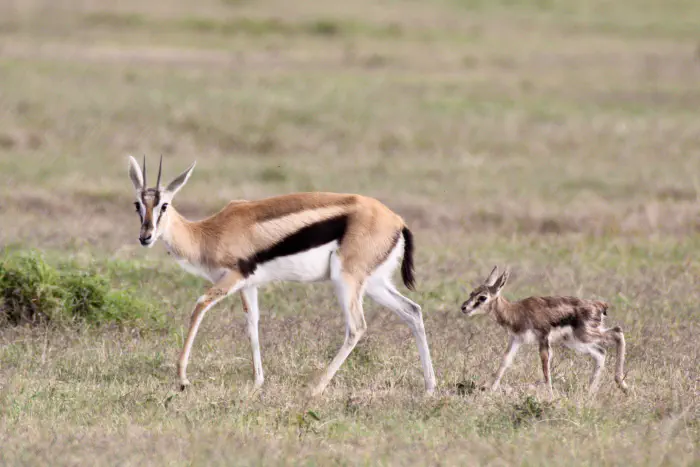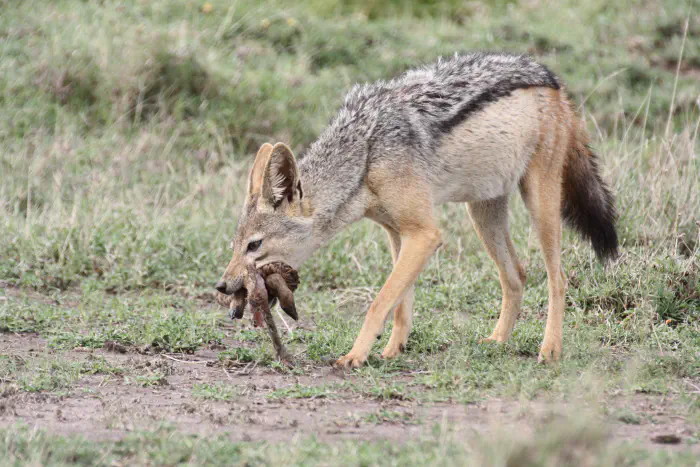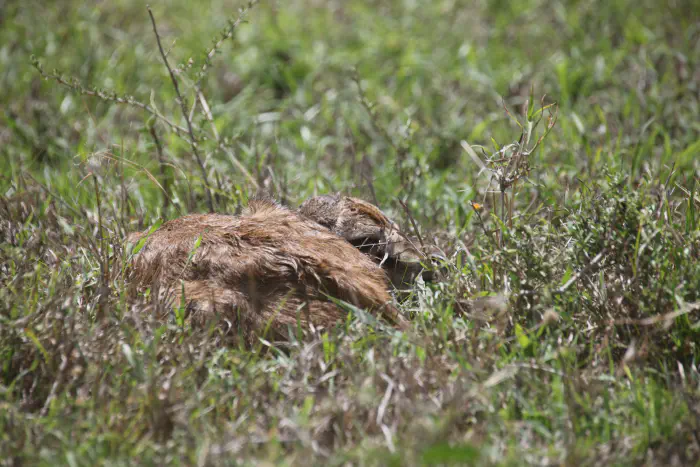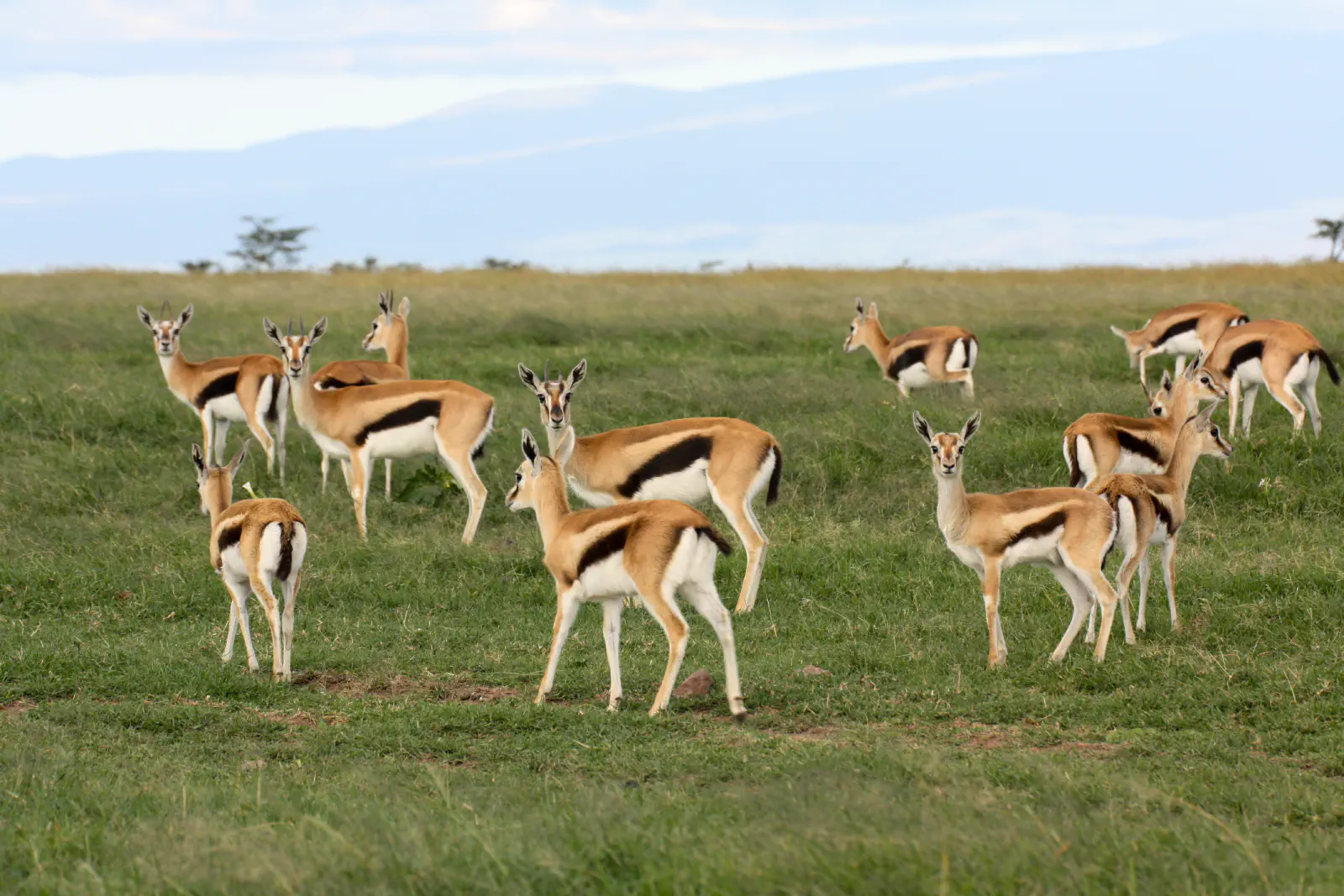Maternal and Anti-predator Behavior of Thomson’s Gazelle

Parents with dependent offspring face special challenges in optimizing their behavior to maximize their reproductive success. They must meet all the same requirements as non-parents - getting enough to eat, avoiding predation - while also protecting and providing for one or more vulnerable offspring. Thomson’s gazelles are a great system for studying maternal decision-making, behavior, and trade-offs for several reasons:
- Both adults and fawns face intense predation pressure. Adults are preyed upon by all large East African predators, including lions, spotted hyenas, cheetahs, leopards, and wild dogs. Fawns are preyed upon by all of these species as well as jackals, baboons, large raptors, and warthogs.

- Gazelle mothers are subject to high energetic demands. For ungulates (hoofed mammals), early lactation is typically the most energetically-demanding reproductive stage due to rapid infant growth rates that are fueled almost entirely by the mother’s milk. Female gazelle can become pregnant shortly after giving birth, which means they are often fueling the gestation of their next fawn while producing milk for their current one.
- Gazelle engage in an interesting strategy of maternal care known as “hiding”. Unlike highly mobile horse foals and wildebeest calves that accompany their mothers constantly from birth, infants in hiding species spend most of their first days or weeks of life hidden in vegetation apart from their mothers. While they are hidden, they are relatively safe from detection by predators. Mothers in hiding species return to retrieve their hidden fawns several times per day so that they can feed and play. Infant active periods are relatively short compared to hiding periods, and the infant alternates between hidden and active states for the duration of the hiding phase, which lasts for approximately two months in Thomson’s gazelle.

- The survival requirements for gazelle fawns (remaining stationary and isolated in habitats with vegetative cover) and adult females (membership in large, mobile herds in open habitats with short grass and good visibility) seem to conflict with one another, setting up interesting trade-offs for mothers with dependent young.

Working at Ol Pejeta Conservancy in central Kenya, I studied the behavior of Thomson’s gazelles throughout the hiding phase to understand how mothers balance the competing demands of their own fitness and the survival of their fawn. Follow the links below for more information on each study.
Birth site selection
Maternal vigilance behavior
Transitioning out of the hiding phase
This project received funding from Princeton University, the Princeton EEB Department, the Philadelphia Chapter of the Explorers Club, and the Animal Behavior Society.